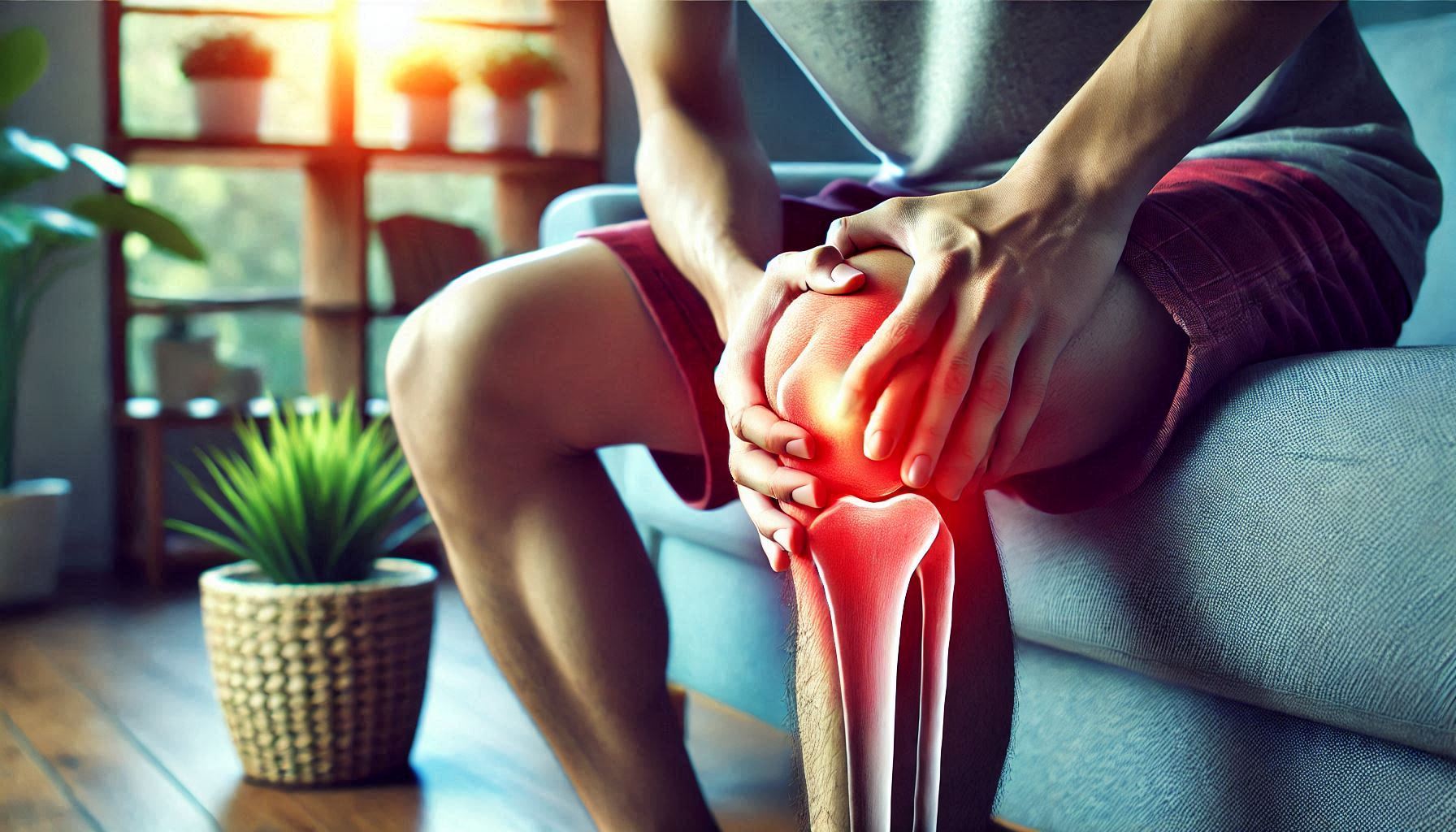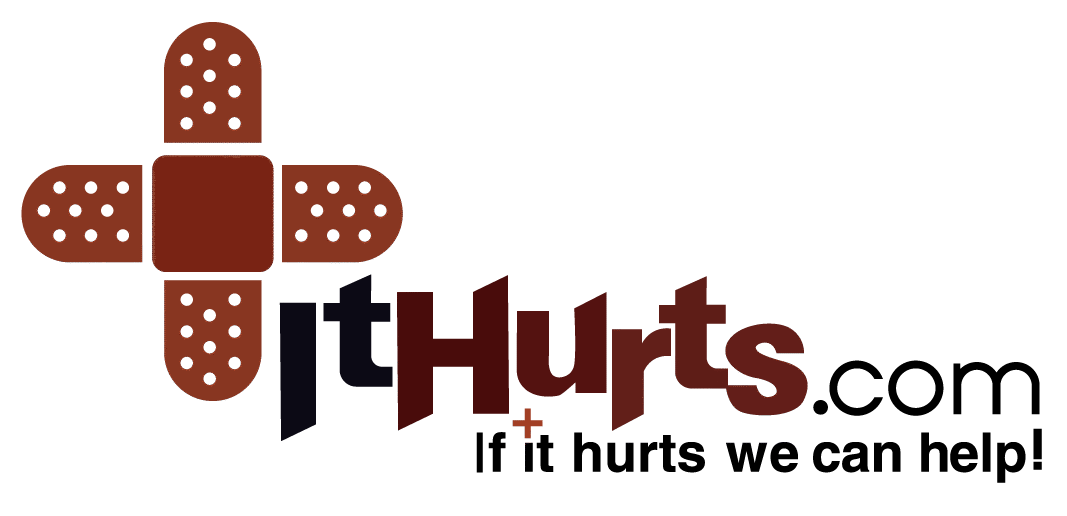Shopping Cart
CloseNo products in the cart.
Filter
closeUnlocking Knee Health: Comprehensive Strategies to Prevent and Alleviate Knee Pain
Author: ItHurts.com
A Comprehensive Talk on Say Goodbye to Unlocking Knee Health

Understanding the Basics:
Knee pain is one of the most common musculoskeletal complaints affecting individuals of all ages. Whether you’re an athlete, an office worker, or a retiree, knee pain can significantly impact your quality of life. This article explores everything you need to know about preventing and reducing knee pain. From understanding its causes to implementing effective treatment strategies, this guide aims to empower you to take control of your knee health.
Understanding Knee Pain: Types, Characteristics, and Location
Knee pain can vary widely, depending on its cause. Below are the primary types of knee pain, their characteristics, and where they commonly manifest:
a. Acute Knee Pain
– Characteristics: Sudden onset, sharp or stabbing pain.
– Location: Often localized to a specific area, such as the front (kneecap), back, or sides of the knee.
– Intensity: Ranges from mild to severe.
b. Chronic Knee Pain
– Characteristics: Long-lasting, dull ache or intermittent sharp pain.
– Location: Can affect the entire knee or specific regions.
– Intensity: Persistent but varies in severity depending on activity level.
c. Referred Knee Pain
– Characteristics: Pain originating from another area, such as the hips or lower back.
– Location: Often diffuse and hard to pinpoint.
– Intensity: Moderate, often accompanied by discomfort in the originating area.
Common Causes of Knee Pain
Understanding the root causes of knee pain can help tailor prevention and treatment strategies. Below are the most common contributors:
a. Injury
– Ligament tears (e.g., ACL, MCL injuries).
– Meniscus tears.
– Dislocations or fractures.
b. Degenerative Conditions
– Osteoarthritis: Gradual wear and tear of cartilage.
– Rheumatoid arthritis: An autoimmune condition causing joint inflammation.
c. Overuse
– Tendonitis (e.g., patellar tendonitis).
– Bursitis: Inflammation of fluid-filled sacs in the knee.
d. Alignment Issues
– Flat feet or improper gait.
– Muscle imbalances causing uneven stress on the knee.
Underlying Reasons for Knee Pain
Knee pain often stems from structural or functional problems within the joint and surrounding tissues.
a. Muscle Strain and Weakness
– Overstretched or tight muscles, especially in the quadriceps or hamstrings, can lead to improper knee mechanics.
b. Ligament or Tendon Stress
– Repeated stress on these connective tissues can cause inflammation and microtears.
c. Cartilage Degeneration
– Breakdown of cartilage reduces shock absorption, leading to pain and stiffness.
d. Nerve Compression
– Pinched nerves in the spine or hips can refer pain to the knees.
How Pain Knee Typically Presents Itself
Knee pain symptoms often provide clues about the underlying issue:
– Swelling and stiffness: Common in arthritis or after injury.
– Grinding or popping sounds: May indicate cartilage damage or a meniscus tear.
– Locking or instability: Often associated with ligament injuries.
– Pain during movement: Can suggest tendonitis or a mechanical alignment issue.
Treatment and Relief for Knee Pain
Relieving knee pain requires a combination of approaches.
a. Exercises and Stretches
– Quadriceps Stretch: Helps relieve tension in the front of the thigh.
– Hamstring Curl: Strengthens the back of the thigh for better knee support.
– Low-Impact Activities: Swimming or cycling can improve mobility without stressing the knee.
b. Self-Massage Techniques
– Use foam rollers to release tension in surrounding muscles.
– Gentle kneading around the kneecap to reduce stiffness.
c. Holistic Approaches
– Acupuncture: Studies show it can reduce chronic knee pain.
– Supplements: Glucosamine and chondroitin are often recommended for joint health.
d. Medical Interventions
– Physical Therapy: Customized plans to strengthen and stabilize the knee.
– Medications: Anti-inflammatory drugs (e.g., ibuprofen) for pain relief.
– Surgical Options: Reserved for severe cases, such as ligament reconstruction or joint replacement.
Scientific Research on Knee Pain
Numerous studies shed light on knee pain and its management:
– Exercise Therapy: A 2020 study in the *Journal of Orthopedic Research* concluded that strengthening the quadriceps significantly reduces knee pain in osteoarthritis patients[^1].
– **Weight Management:** Research in *Arthritis Care & Research* revealed that a 10% weight loss reduces knee pressure by up to 30%[^2].
– Holistic Methods: A 2018 meta-analysis in *Pain Medicine* found that acupuncture provides moderate relief for chronic knee pain[^3].
[^1]: “Exercise Therapy for Knee Osteoarthritis,” *Journal of Orthopedic Research*, 2020.
[^2]: “Weight Loss and Knee Pain,” *Arthritis Care & Research*, 2015.
[^3]: “Efficacy of Acupuncture in Knee Pain,” *Pain Medicine*, 2018.

Final Thoughts:
Knee pain can be a debilitating condition, but with the right knowledge and proactive measures, it is manageable and preventable. This article explored the various types of knee pain, their causes, and effective ways to address and prevent them. From strengthening exercises to holistic approaches, there are countless strategies to support knee health.
Key Takeaways:
– Identify and address knee pain early to prevent chronic issues.
– Regular exercise, proper posture, and weight management are crucial for prevention.
– Combining traditional and holistic treatments often yields the best results.
Call to Action: Take charge of your knee health today by incorporating the actionable steps outlined in this guide. If knee pain persists or worsens, consult a healthcare professional for a tailored treatment plan. Your knees are the foundation of your mobility—nurture them to keep moving freely and confidently.
This article ensures an accessible and engaging approach to understanding and managing knee pain, helping you take proactive steps toward better joint health.
ItHurts.com is your ally in your endeavor to live pain-free. We offer guidance, resources, and community support to address chronic pain, emotional stress, and physical discomfort. Discover insightful articles, product reviews, recommendations and shared experiences to empower your journey to better health. Remember, if it hurts, we can help!
Related Products
No posts found!
Related Blogs
No posts found!
